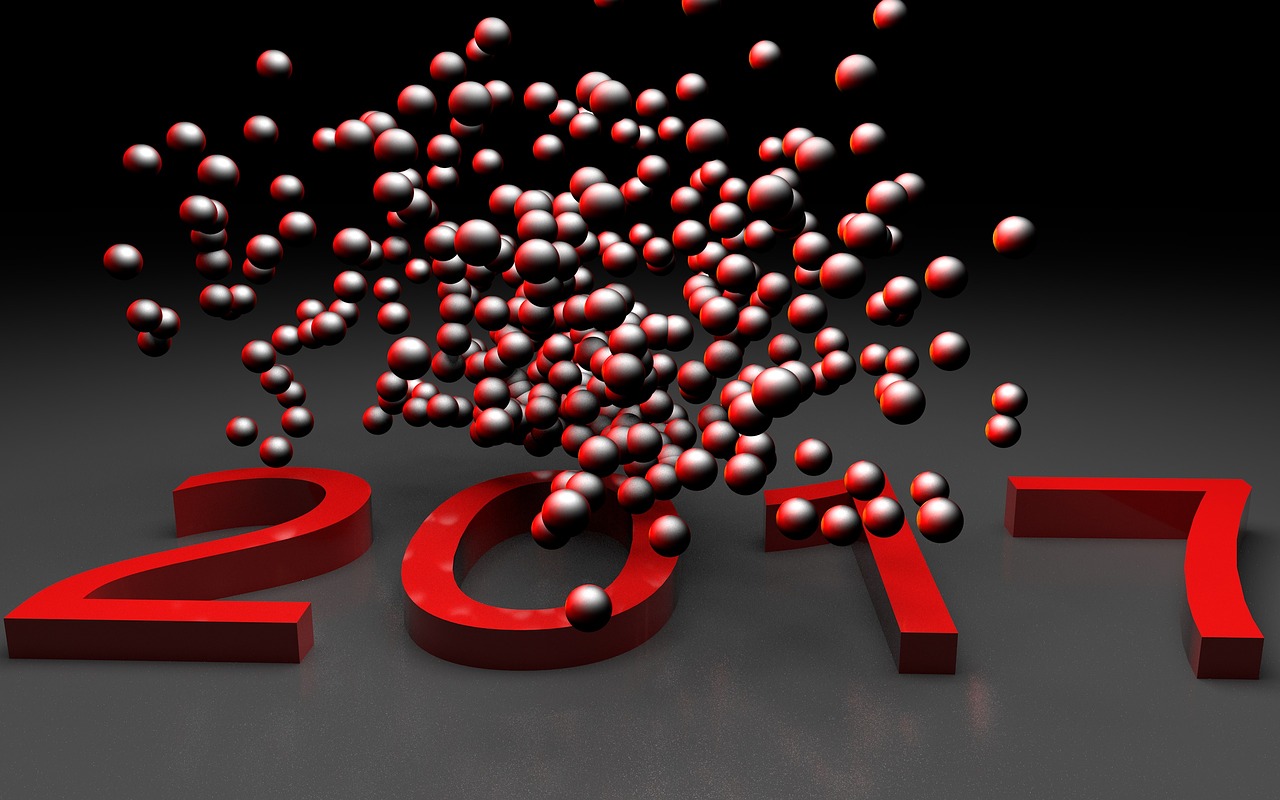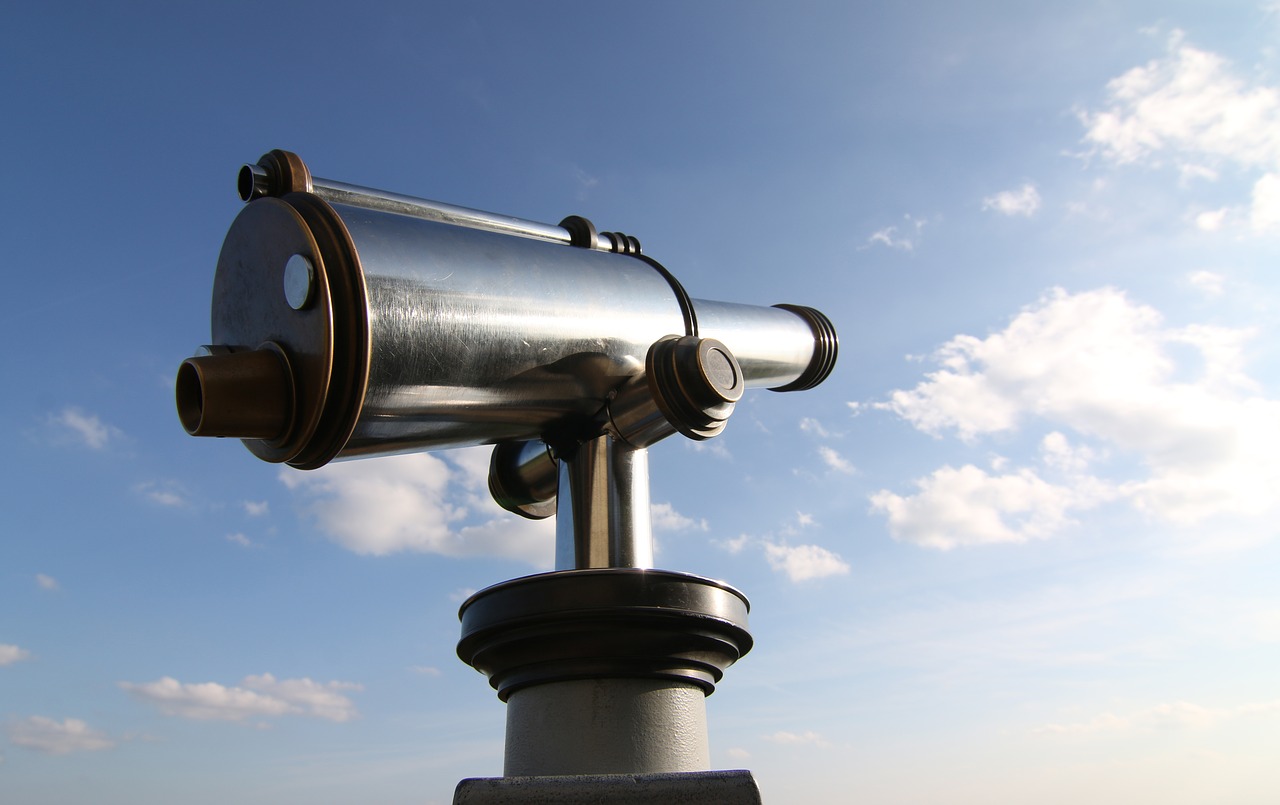What The Markets May Be Miscalculating?
| For Fórmate a Fondo | 0 Comentarios

The last few days of 2016 have receded amidst continued pain for Asia’s markets. The year had begun with a rally in Asia’s equity and fixed income markets, but it ended in a slump. I wish performance had been better, but the sectors that rallied—materials, energy and other cyclicals—did so less due to fundamental reasons than due to expectations of inflationary conditions rising once again. Sectors with more robust secular growth profiles, such as health care, have recently suffered. This environment has been a difficult one for investors, including our team at Matthews Asia, which is focused on making long-term strategic decisions to buy secular growth at reasonable prices. But it is also an environment of which we have warned investors, one that I believe is transient, and so we intend to stick to our investment philosophy and our commitment to long-term growth, not short-term trading. But sentiment is against us right now.
Indeed, as markets have marched on since the victory of President-elect Donald Trump, each footstep seems to bring new confidence into the U.S. market, just as it sends tremors through the East. Expectations of higher inflation, easier regulations, and an America-first trade policy are being priced in as being a boon to the U.S. and a burden to Asia. But have the markets been marching blindly? Is the focus too much on NOW and too little on the far future? Has the market been relying too much on conventional wisdom, what it feels is true, rather than spending the time to think through the issues in a cooler, more logical fashion? If it has done so, it would not be surprising—given the shock and emotional reaction by many over Trump’s surprise win. And yes, I do believe that the market has gotten some things wrong.
First, the markets may be overestimating the inflationary stimulus from President-elect Trump’s economic policy. Tax cuts will raise the budget deficit, yes. But that will be offset by a faster pace of interest rates hikes by the Federal Reserve. Tax cuts that save money for the wealthiest and broaden the tax base at the bottom are more likely to be saved than spent. That is not stimulative. Plus, many on the new administration’s economics team are advocates of hard money and tighter control over, even auditing, the Fed. This is not an environment in which it will be comfortable for the Fed’s doves (those happy to see higher inflation) to operate.
Second, the markets may be overestimating the effects of looser regulation. Yes, there are costs associated with it, but it is not as if profits are at a low level. Indeed, they are close to peak levels of GDP. Where is the evidence that regulation has imposed high costs? The effect of tax cuts in the corporate tax rate are real—but for how long are they likely to persist? Perhaps the market is overestimating the boost to valuations from these potential events.
And the effect of trade tariffs? They are likely to impose costs—a one-off jump in import costs, on the U.S. consumer and businessman alike. The reaction in the markets has been stark—as if the U.S. was isolated to this effect and Asia is incredibly exposed. This is the old canard about Asia being an export-led economy. It is not. Asia grows because it saves, it invests and it reforms. The excess that it produces beyond its immediate needs, it exports. But that is not vital to its citizens’ standard of living. Indeed, Asia would simply consume even more of what it produces (and it already consumes the vast majority) if tariffs became punitive. The short-term impact is likely to make the U.S. dollar stronger—but less trade means less cross-border investment and that could weaken the dollar further down the line.
Would supply chains be affected? Shortened? Probably, but again, don’t take too much of a U.S.-centric view of the world. China and other large Asian manufacturers are building out their supply chains in more developing parts of Asia only in part to satisfy Western demand. The long-term goal is still to produce for their own citizens. China will keep investing in the rest of Asia. Yes, some businesses will suffer, but others will benefit. Our portfolios largely consist of those companies focused on the domestic consumer and the domestic business in Asia, where long-term trends are overwhelmingly positive.
Simultaneously, markets are, I believe, mispricing Asia’s long-term prospects. The better performance we saw in the early part of 2016 was, I believe, partly a recognition that Europe had its own problems, but also that in Asia, equity valuations were reasonable and real interest rates were actually very high in global terms (hence the rally in bonds)—and that despite several years of poor earnings results, Asia’s economic growth would sooner or later translate into profit growth. That confidence has gone for now. But the fundamentals remain in place and even as valuations in the U.S. become increasingly stretched as markets price in an idealistic interpretation of the next administration’s policies, valuations in Asia are getting cheaper for long-term secular growth businesses.
Indeed, as I meet clients these days, I am often asked: “Where is the good news?” As I talk about the likely issues to come—trade issues, more worries about China’s currency, a strong dollar, and all the other issues that the markets are focused on, it’s a fair question. The answer is twofold. First, Asia appears well set to weather the storm! This may seem mealy-mouthed, but it’s important to recognize the current issues and also to see that high savings, high current accounts, low inflation, and low budget deficits give Asia a lot of policy room to maneuver—room that Latin America, for example, largely does not have. Second, Asia’s economies are still growing faster than the West and that should ultimately mean stronger profits. This is no small advantage. It may seem like a thin thread to hang your hopes on, but it only appears thin because it is not tangible—corporate profits are not growing quickly NOW.
Still, Asia right now has much going for it—economic growth, stable politics, strong fiscal and monetary positions, and reasonable valuations. The only things it lacks are momentum in corporate profits and the change in sentiment which that would bring. As I look into 2017, I do not know if this is the year when profits will turn (though margins are close to 15-year lows). But with dividend yields in the market near 3%, I know we will be paid to be patient. And now in Asia, more than ever, there would appear to be prospective returns to patience. That patience may be tried at times by “junk rallies” and sensationalist headlines, but we will continue to look beyond the headlines and help you see the opportunities in the region. And we intend to keep investing in the companies that are set to grow sustainably for the long term, not try to time rallies in those companies enjoying their last days in the sun. When the market is thinking “now, now, NOW”… we are trying to be patient, patient, patient.
Robert Horrocks is Chief Investment Officer at Matthews Asia.















